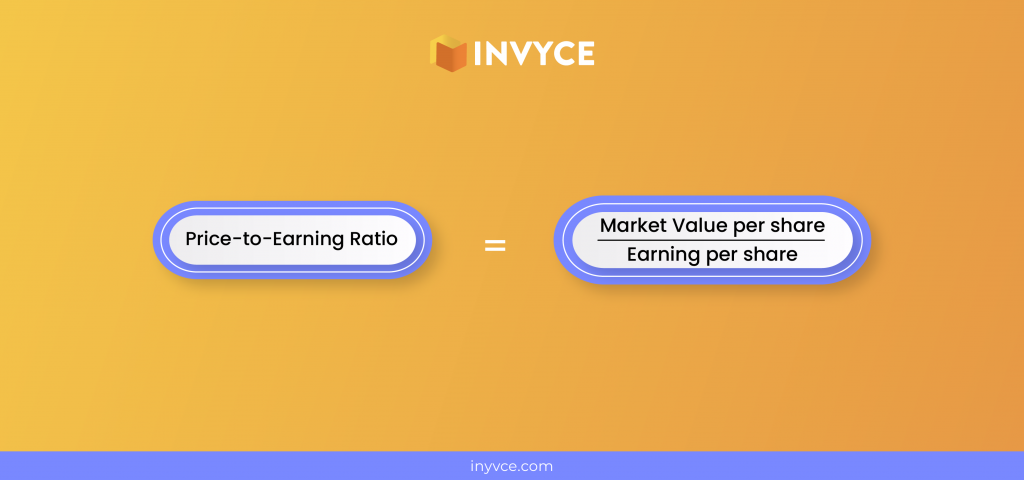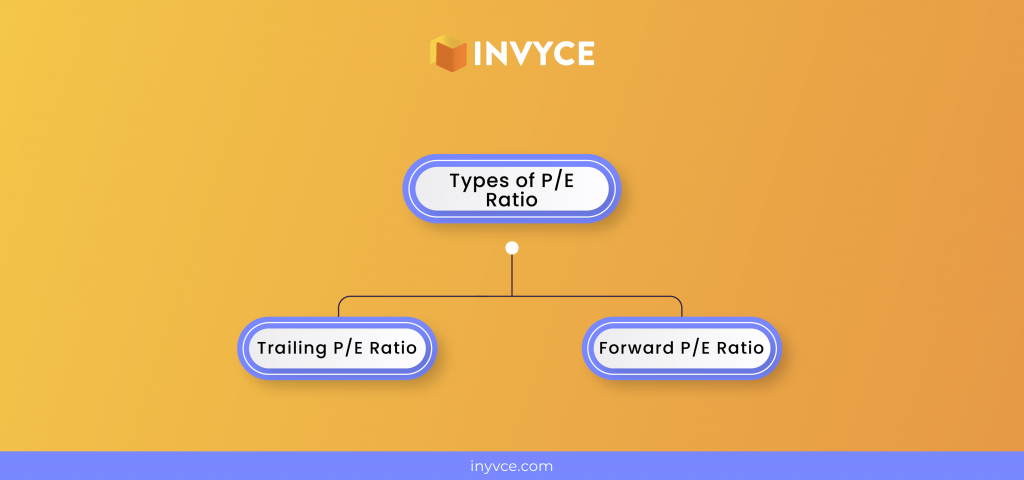23 Nov

One of the most popular methods for investors and analysts to estimate a stock’s relative value is the price-to-earnings ratio (P/E). A stock’s P/E ratio is the quickest way to assess whether a share is overvalued or undervalued. It is a very helpful tool in determining whether a stock represents good value or not. In this article, I will address what the price-to-earnings ratio is, how it’s calculated and interpreted, and its importance and drawbacks.
What is the Price-to-earnings (P/E) Ratio?
Price-to-earning ratio is an important valuation metric. It is used to compare the stock price to the company’s earnings per share. It can also be used to compare a company to its past or future performance. But sometimes Investors may be misled by this ratio because previous performance does not guarantee future results.
The P/E ratio displays the price the market is willing to pay for a stock at the current time based on its past or projected earnings. Simply put, it shows how much money an investor must put into a firm in order to receive $1 of earnings from that company. For example, if the value of the P/E ratio is 20x, it means that the investor is willing to pay $20 to get $1 from the company’s earnings.
Calculating P/E Ratio
To calculate the price-to-earnings ratio, divide the current stock/share price by the earnings per share.

Market price: The price at which a good or service can currently be purchased or sold is known as the market price. The market price is determined by the supply and demand in the market.
Earnings per share (EPS): Earnings per share (EPS) is calculated by dividing a company’s net profit by the total number of outstanding common shares.
Example
Let’s assume that the share value of a company ABC is $80 and its earnings per share is $10. The price-to-earnings ratio will be 8. It means that the investor would be willing to pay $8 to get $1 from the company’s earnings if they buy the stock.
Interpretation
- A high P/E ratio may indicate that a company’s stock is overpriced or that investors anticipate rapid future growth rates. This portends well for future performance, and as a result, investors are willing to pay more for future profit growth. This has the drawback that growth stocks frequently have higher volatility, which puts a lot of pressure on businesses to perform better in order to justify their higher price.
- On the other hand, a low P/E can suggest that the present stock price is undervalued in comparison to earnings. Investors will purchase the stock as a result of this mispricing in order to take advantage of the fantastic deal.
- Businesses with no earnings or losses do not have a P/E ratio, because there is nothing to put in the denominator.
Types of P/E Ratio
The P/E ratio of a corporation can be analyzed in two ways; trailed and forward P/E ratio.

Trailing P/E Ratio
It relative valuation metric which is based on the last 12 months’ worth of real earnings. It is determined by taking the stock price of the current date and dividing it by the trailing EPS for the previous twelve months. Calculating this ratio is easy because every company issues its financial statements after every financial year ends.
Forward P/E Ratio
The forward P/E ratio is also known as the forward price-to-earnings ratio. It is calculated by dividing a company’s current share price by its anticipated future (“forward”) earnings per share (EPS). The forward P/E ratio is used to compare current earnings to future earnings. It helps to get a clear picture of future earnings trends of the company. Calculating this ratio requires forecasting EPS, sales, and profit and loss which can only be done by expert personnel.
Importance of Price-to-Earning Ratio
- A P/E ratio can help you determine if a stock is now overvalued or undervalued in reference to its peers and its own historical pricing.
- The P/E ratio is one of the ratios that is used in the research process for choosing stocks since it allows you to determine whether you are paying a reasonable price or not.
- When compared to other firms in the same industry or for a single company over time, a P/E ratio has the greatest value to an analyst.
- When trying to value a company using earnings, it’s quick and simple to use. You can easily determine what kind of stock or firm you are working with when a high or low P/E is found.
Limitations of Price-to-earnings (P/E) Ratio
- The possibility of earnings distortions is the main drawback of the P/E ratio. Earnings per share is calculated using generally accepted accounting principles (GAAP) for net income, so GAAP-compliant earnings aren’t always a reliable predictor of a company’s success.
- Price to earning ratio alone does not provide enough information. Therefore investors should analyze financial statements deeper in order to make investment decisions.
Conclusion
The price-to-earnings ratio is an investor’s tool to measure the value of stock. It is an indicator that denotes the market valuation relationship between a stock and its financial performance.
Content writer at Invyce.com
Related Post
Copyright © 2024 – Powered by uConnect



Meena Khan